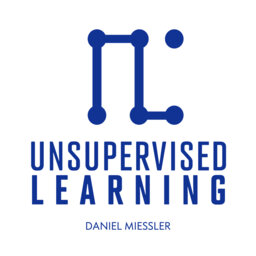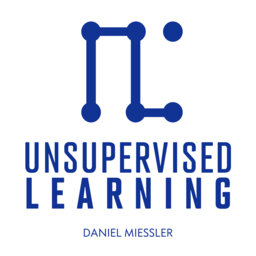How Much AI Do We Need? - My AI Industry Prediction
In this episode, Daniel Miessler explores how AI can transform our understanding of the present and create actionable paths for a better future.
He talks about:
The Current State, Desired State, and Transition in AI Applications:
How AI frameworks can analyze the current state, define a desired state, and propose action plans to address challenges in education, climate, health, and beyond.
The Infrastructure and Scale of AI:
Why we’re only at the beginning of building the AI infrastructure required for future demands, from GPUs and data centers to startups pushing the boundaries of what’s possible.
The Role of AI in Human and Organizational Development:
How AI can revolutionize personal lives, enhance businesses, and solve societal issues by gathering and analyzing massive amounts of contextual data to provide actionable insights.
Subscribe to the newsletter at:
https://danielmiessler.com/subscribe
Join the UL community at:
https://danielmiessler.com/upgrade
Follow on X:
https://twitter.com/danielmiessler
Follow on LinkedIn:
https://www.linkedin.com/in/danielmiessler
See you in the next one!
Chapters:
0:00 - Introduction to Unsupervised Learning Podcast
1:10 - Concept: Predicting AI Infrastructure Needs
3:45 - The Challenge of Predicting Technology vs Human Desires
6:20 - Exploring AI Infrastructure Metrics (GPUs, Data Centers, Startups)
8:55 - Philosophical Insight: Current State vs Desired State
12:15 - AI’s Role in Learning from the Past and Anticipating the Future
14:50 - Addressing Global Issues with AI (Education, Poverty, Climate)
18:30 - Transitioning from Current State to Desired State
22:05 - Context Gathering: Granularity and Technology Limitations
25:40 - AI's Impact on Individual and Family Contexts
29:10 - AI’s Potential in Business: Granularity and Cost
32:50 - Vision of Life OS and Personalized Assistance
36:15 - AI in Society: Predicting and Preventing Problems
40:00 - Infinite Context and the Scaling of AI Capabilities
44:30 - Predictions on AI Context Size and Infrastructure Demand
48:20 - The Importance of Understanding the Current State
52:10 - Conclusion
 Unsupervised Learning
Unsupervised Learning


